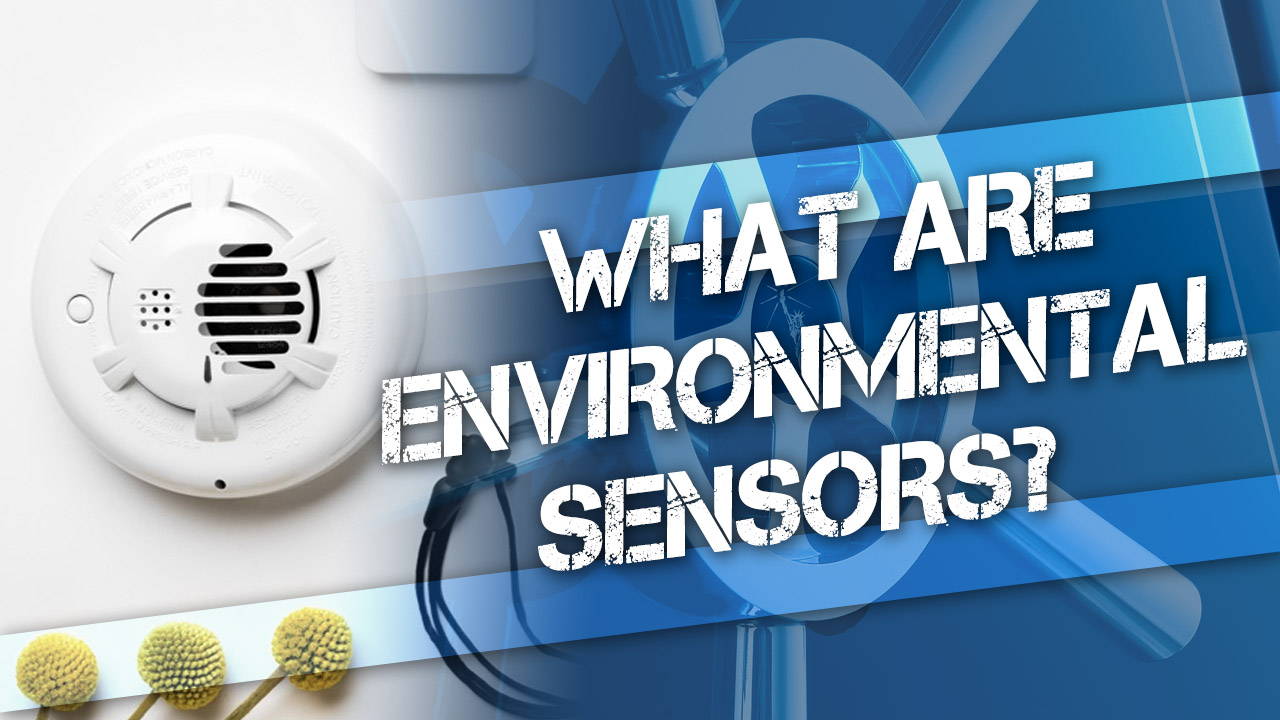What Are Environmental Sensors?
Do I Need Home Security Environmental Sensors?
Environmental sensors are an important part of any home security plan. They help protect you, your family, and your property. But while smoke detectors are fairly common, others are much less so.
Basic environmental sensors are a good start, but having sensors that integrate with your home security system is a much better way to protect what you value most. Here are some important environmental sensors for your security system:
Flood Sensors
Flood sensors can alert you to the presence of water in your home or a rapid change in humidity. Even when dealing with minor flooding, water damage in your home can be costly and dangerous to your family. Just one inch of water in your home can cause thousands of dollars in damages. The aftermath—mold and mildew—can make your home a serious health hazard.
If you live in a flood zone or travel often, flood sensors are a must for your security system. They are especially helpful for those living in colder climates, where pipes may freeze and burst if steps aren't taken to winterize the home.
Smoke Detectors
Due to the prevalence of home fires and the danger they present to occupants, smoke detectors are required in most homes across America. But while even a basic smoke detector can save the lives of people living in a home, they can do little to help protect your property while you're away.
Having integrated smoke detectors allows them to do more, by notifying you when a fire breaks out even when you're not home. That way, you can contact emergency services, potentially sparing your home and possessions from the flames.
What's more, if your smoke detectors are part of a monitored security system, it will notify the central station if tripped, allowing them to notify the authorities if needed.
Carbon Monoxide Detectors
Carbon monoxide (CO) is a colorless, odorless gas that can kill simply by displacing the air we normally breathe. It's common for carbon monoxide poisoning to creep up on occupants of a home, with their only indication that they're in danger being the faintness and dizziness that comes with low oxygen levels. With the way these symptoms cloud judgment, it may already be too late by the time you're feeling them.
Common sources of CO in the home are:
- Attached garages (cars left running inside)
- Diesel- or gas-fueled emergency generators
- Fireplaces or wood/pellet stoves
- Gas stovetops/ovens
- Oil/gas heating systems
Because of the nature of CO, the only way to know if it’s present within the home is with a detector. Like smoke detectors, though, basic detectors are only effective when someone is in the home, and when you're able to get out of the house. Having CO detectors integrated with a monitored home security system can protect you from going home to a house filled with CO, as well as notify emergency services if you aren't in a position to get yourself out in time.
Home security systems with environmental sensors save lives and protect property.




